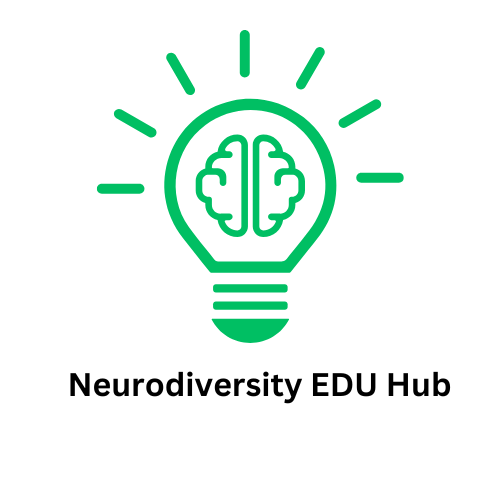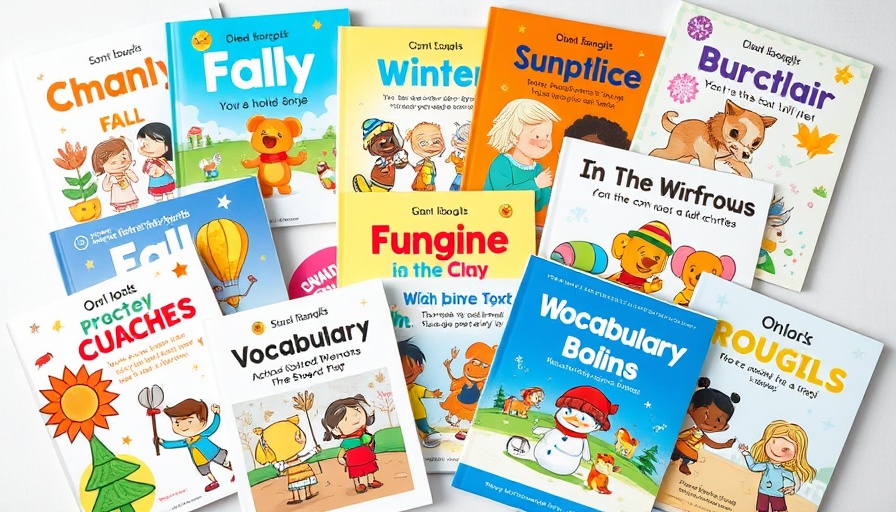
Understanding the Importance of Teaching Time
Telling time seems simple, yet for many in special education, it represents a significant life skill that enhances independence and daily living. Recognizing how to tell time not only enables students to understand schedules and manage their time effectively, but it also teaches them how to navigate life with confidence. Whether it's arriving on time for a class, transitioning between activities, or understanding when an event starts or ends, telling time is essential.
Why Balance Analog and Digital Time?
It's easy to rely on digital clocks, especially given their prevalence in our daily lives. However, many situations still require understanding of analog clocks, which can be found everywhere, from airports to classrooms. By teaching both methods, educators empower students with the adaptable skill set to manage various real-world situations. Imagine a scenario where technology fails; a student proficient in interpreting analog time will be at a distinct advantage.
Barriers to Teaching Telling Time
Despite the availability of materials, often the resources available don’t meet the unique needs of special education students, particularly those at higher learning levels. Teachers often find themselves puzzled with materials that are too juvenile for older learners, which can create disinterest and hinder motivation. Effective teaching requires resources that resonate with the age and maturity of the student, suggesting a need for tailored instructional materials that respect their individual learning processes.
Hands-On Learning Activities to Enhance Time Skills
Hands-on learning can bridge the gap in understanding telling time. Activities such as creating personal schedules where students practice plotting daily tasks on an analog clock or even role-playing scenarios where they need to tell time for a class or a meeting can reinforce their knowledge. Utilizing manipulatives like clock models or interactive online games tailored for older learners not only makes learning engaging but allows for deeper retention of skills.
Future Insights: Empowering Special Education
As society continues to evolve, the demand for inclusive education that caters to all learners will grow. Educators in special education must advocate for innovative teaching materials and methods that keep pace with technological advancements while ensuring foundational skills, such as telling time, remain relevant. Empowering students in these ways will prepare them not merely for academic success, but for lifelong independence.
Emotional Connection: The Student Perspective
For students with learning differences, the journey towards mastering how to tell time can often be filled with frustration. Creating a supportive and understanding environment where students can make mistakes and learn freely is crucial. By integrating compassion and connection, educators can greatly enhance the learning experience. Hearing a student express pride in mastering their ability to tell time is a milestone that speaks volumes about their progress and your impact as an educator.
In conclusion, teaching telling time is not just a lesson in numbers or hands on a clock; it’s a crucial life skill that shapes behaviors, nurtures independence, and enhances overall quality of life. Educators can take proactive steps to bridge the knowledge gap while ensuring that all students, regardless of their learning needs, have the opportunity to excel. By advocating for tailored teaching methods and making learning relevant, we can empower our students to thrive.
 Add Row
Add Row  Add
Add 




Write A Comment